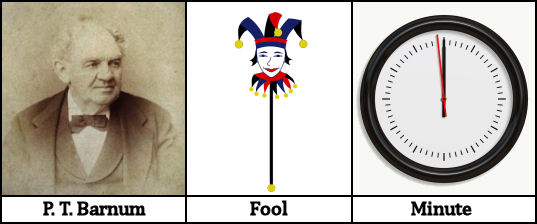Helen Keller? Apocryphal?
Question for Quote Investigator: A website on education policy began a recent article with a statement attributed to Helen Keller:
Alone we can do so little; together we can do so much.
No citation was given. Would you please examine this saying?
Reply from Quote Investigator: There is good evidence that Helen Keller did speak this line on multiple occasions. In the early 1920s Keller and her teacher Anne Sullivan decided to earn money by performing on the vaudeville circuit. Their finances were precarious, and they had successfully given performances on the Chautauqua circuit in the past.
The comprehensive dual biography “Helen and Teacher: The Story of Helen Keller and Anne Sullivan Macy” by Joseph P. Lash released in 1980 included a chapter about this interval spent in show business. The act of Keller and Sullivan “lasted only twenty minutes”, and it included a short speech by Keller though “every word was still a battle to enunciate”. The saying was part of this homily. Boldface has been added to this excerpt:1
My Teacher has told you how a word from her hand touched the darkness of my mind and I awoke to the gladness of life. I was dumb; now I speak. I owe this to the hands and hearts of others. Through their love I found my soul and God and happiness. Don’t you see what it means? We live by each other and for each other. Alone we can do so little. Together we can do so much. Only love can break down the walls that stand between us and our happiness.
The author did not indicate the precise provenance of the speech text, but he did have access to several key repositories, e.g., the Helen Keller archives at the American Foundation for the Blind and the archive at the Alexander Graham Bell Association for the Deaf in Washington, D.C.
Here are additional selected citations in chronological order.
Continue reading “Quote Origin: Alone We Can Do So Little. Together We Can Do So Much”